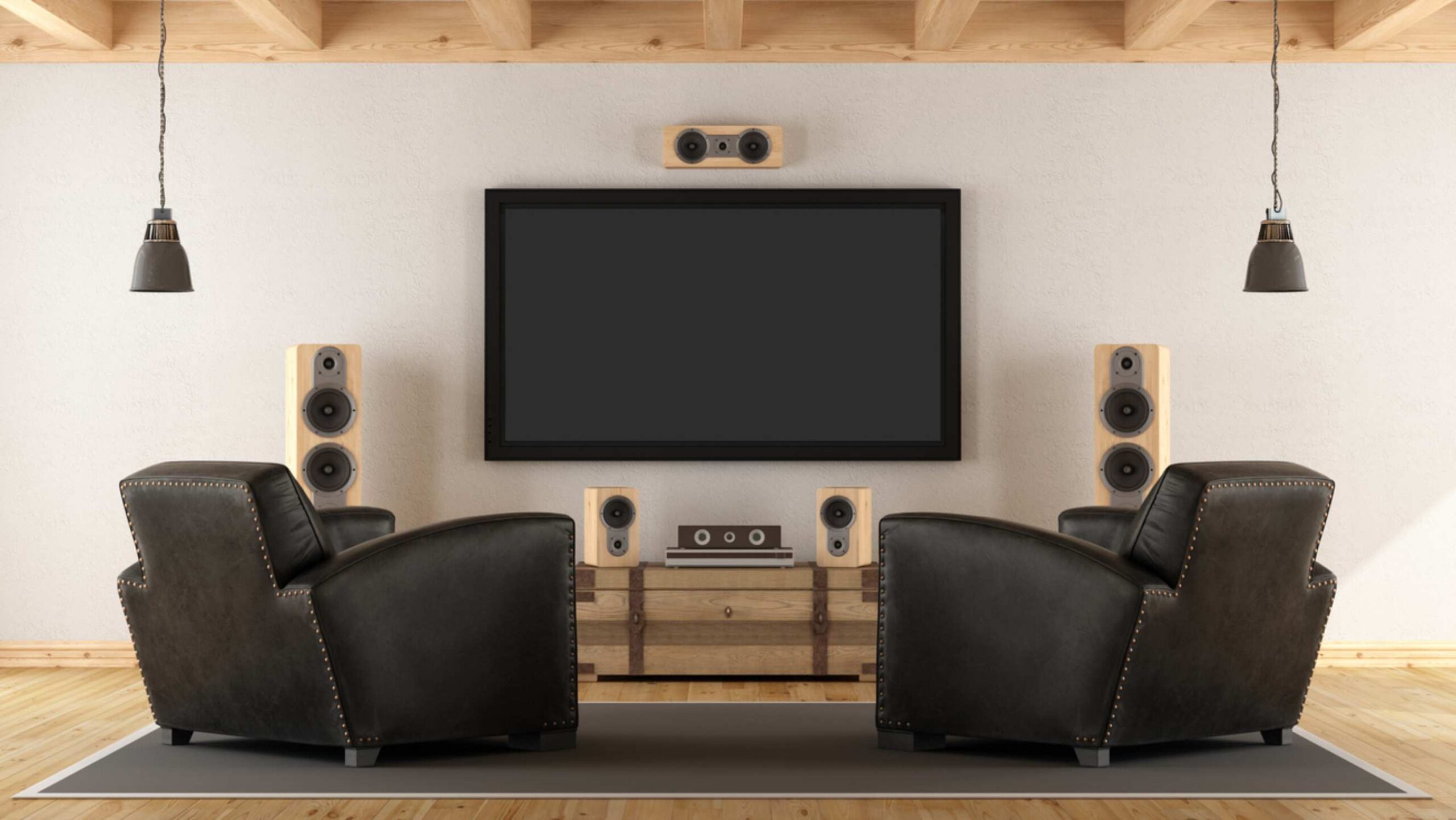When we think about music and audio systems, the first thing that often comes to mind is the stereo system—those iconic two-speaker setups that once defined how we listened to music. However, the world of stereo system speakers is far from static. Over the years, these devices have evolved drastically, not only in terms of size, shape, and aesthetic, but also in their ability to deliver sound. From analog components to digital technologies, the journey of the home audio systems has shaped how we experience music, movies, and even gaming.
This article explores a unique aspect of stereo system speakers: their journey from basic audio reproduction devices to the advanced, immersive soundscapes of today. We will examine the innovations, challenges, and cultural impacts that have influenced the evolution of stereo speakers.
The Analog Era: Roots of the Stereo Speaker
In the early days, stereo speakers were simple devices—just a way to play back music in two channels (left and right) to create a sense of space. The first stereo recordings, introduced in the late 1950s, were groundbreaking, but the speakers themselves were often bulky and simplistic in design.
In the 1960s and 1970s, speakers became an essential part of the audiophile culture. Companies like JBL, Klipsch, and Bowers & Wilkins started developing more sophisticated designs. The emphasis was on delivering a clean, natural sound. But even in these early systems, one of the biggest challenges was the quality of the material used in the construction of the speakers. Wood was the dominant choice for speaker enclosures, prized for its ability to enhance sound quality.
But as technology progressed, the quest for clarity and precision led to new developments in materials and engineering.
The Birth of High-Fidelity (Hi-Fi) Sound
The 1980s and 1990s marked the heyday of high-fidelity sound systems. The term “Hi-Fi” was used to describe audio equipment that could reproduce sound as close to the original recording as possible. This was a time when audiophiles were obsessed with achieving the most accurate sound reproduction.
Speakers became more specialized—larger, more complex designs with multiple drivers (woofers, tweeters, midrange) to handle different frequency ranges. Brands like Bose, Bang & Olufsen, and Pioneer pushed the boundaries of what was possible with speaker technology. Materials like titanium and Kevlar were introduced to improve the performance of drivers, and speaker enclosures evolved to minimize vibration and unwanted resonances.
While these advancements in Hi-Fi sound were extraordinary, they also led to a shift in the market: the rise of home theater systems. Consumers wanted not only great sound for music, but also immersive audio for movies, and stereo speakers began to evolve to meet these new demands.
The Digital Revolution: The Move to Digital and Active Speakers
With the arrival of digital audio formats like CDs, MP3s, and streaming services in the late 1990s and early 2000s, stereo systems began to shift toward a more digital-first approach. Amplifiers and equalizers, which were once purely analog, became digitalized, offering better control over sound reproduction and fewer distortion problems.
One of the key innovations during this time was the rise of active speakers—speakers with built-in amplifiers and processors, making them more compact, energy-efficient, and easier to use. In addition, active speakers allowed for more precise control over the sound, providing a more tailored audio experience. This was a significant departure from the older passive speaker designs, which required external amplification.
Some of the most notable advancements were in speaker technologies such as Bluetooth and Wi-Fi connectivity, which allowed speakers to integrate seamlessly into the digital age. Wireless speakers, in particular, became a major trend, giving users the flexibility to stream music from their phones, tablets, and laptops without the need for cumbersome wires.
The Immersive Sound Experience: Surround and 3D Audio
As sound technology continued to evolve, so did the demands of consumers. Enter the world of surround sound and 3D audio, which redefined what was possible with stereo speakers. Surround sound systems, made popular by Dolby and DTS, used multiple speakers arranged around the listener to create a more immersive audio experience. This was especially important for home theater setups, where movie-watching was as much about the visuals as it was about the sound.
But it didn’t stop there. In the past decade, we’ve witnessed the rise of immersive sound technologies like Dolby Atmos, which takes the idea of surround sound a step further. By adding height channels to traditional surround systems, Dolby Atmos creates a three-dimensional sound field that makes it feel like the sound is coming from above, below, and all around you.

